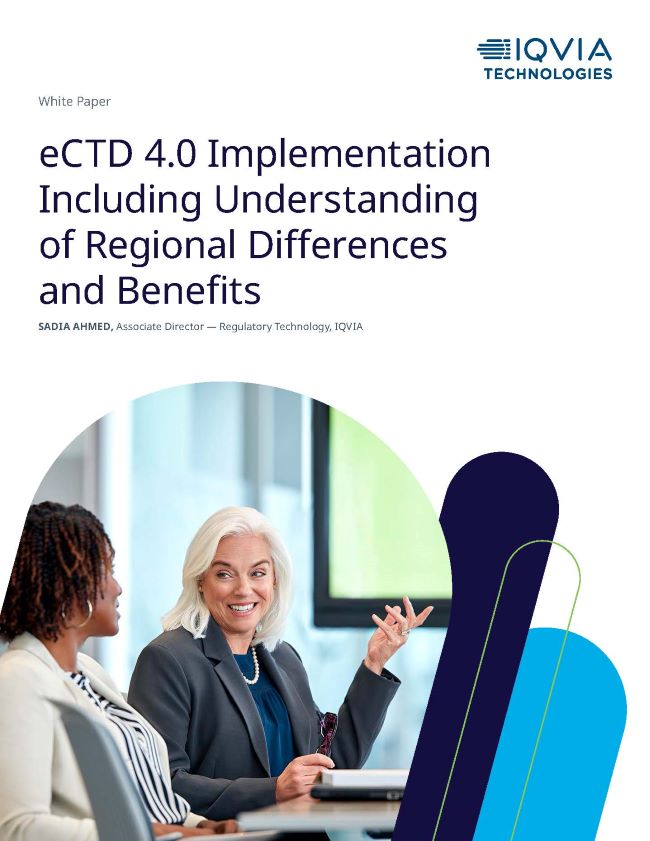eCTD 4.0 Implementation Including Understanding of Regional
Differences and Benefits
The creation of the electronic submission process enabled the phasing out of paper-based processes, allowing for more automated and efficient submissions to regulatory bodies. The first version of eCTD 3.0 was finalized in 2003, and eCTD v3.2 has been the default version for more than 10 years since its release in 2008. The initial draft implementation guidelines for eCTD 4.0 were developed in 2015–2016 and intend to improve robustness, flexibility, and long-term stability, and advance the lifecycle management process. After many years of collaboration with regulatory bodies and industry sponsors, eCTD version 4.0 is finally ready for implementation.
Video Title Lorem ipsum dolor sit amet.
AI & Global Labeling: How Next-Gen Tools Are Streamlining Structured Component Authoring Effectively and Compliantly
Outside of the physical drug product itself, global labeling plays the most fundamental role in helping pharmaceutical companies deliver safe and effective therapies to the population. But the process behind global labeling—the authoring, editing, collaborating, translating, and publishing of drug labels—is both incredibly complex and time-consuming. This guide explores how AI-powered tools are helping teams simplify and accelerate their in-house authoring workflows, without sacrificing compliance. It also explains how, by using such tools, companies can transform not just the way they work but also the entire “last mile” of the drug development lifecycle.
AI & Global Labeling: How Next-Gen Tools Are Streamlining Structured Component Authoring Effectively and Compliantly
Outside of the physical drug product itself, global labeling plays the most fundamental role in helping pharmaceutical companies deliver safe and effective therapies to the population. But the process behind global labeling—the authoring, editing, collaborating, translating, and publishing of drug labels—is both incredibly complex and time-consuming. This guide explores how AI-powered tools are helping teams simplify and accelerate their in-house authoring workflows, without sacrificing compliance. It also explains how, by using such tools, companies can transform not just the way they work but also the entire “last mile” of the drug development lifecycle.

